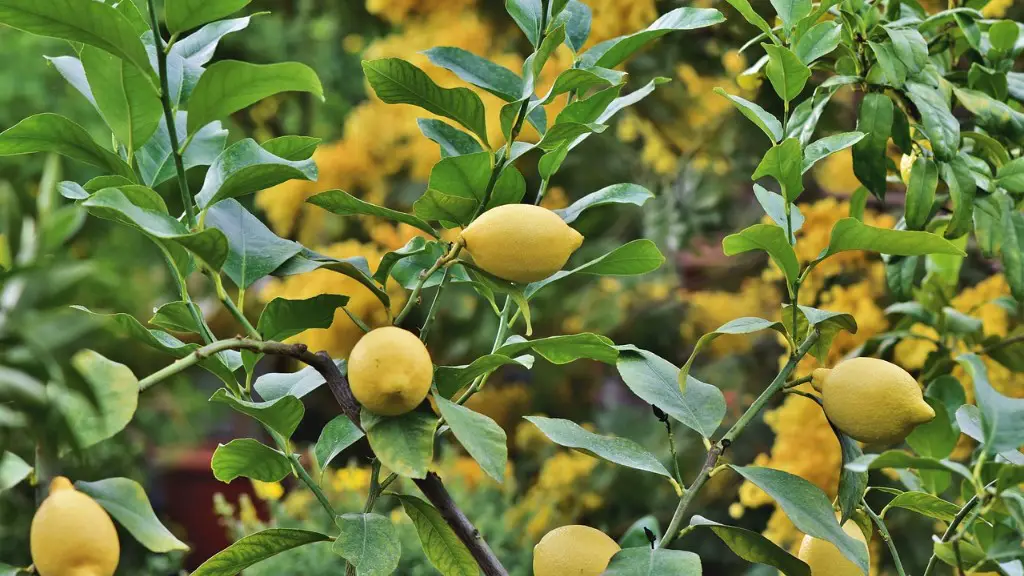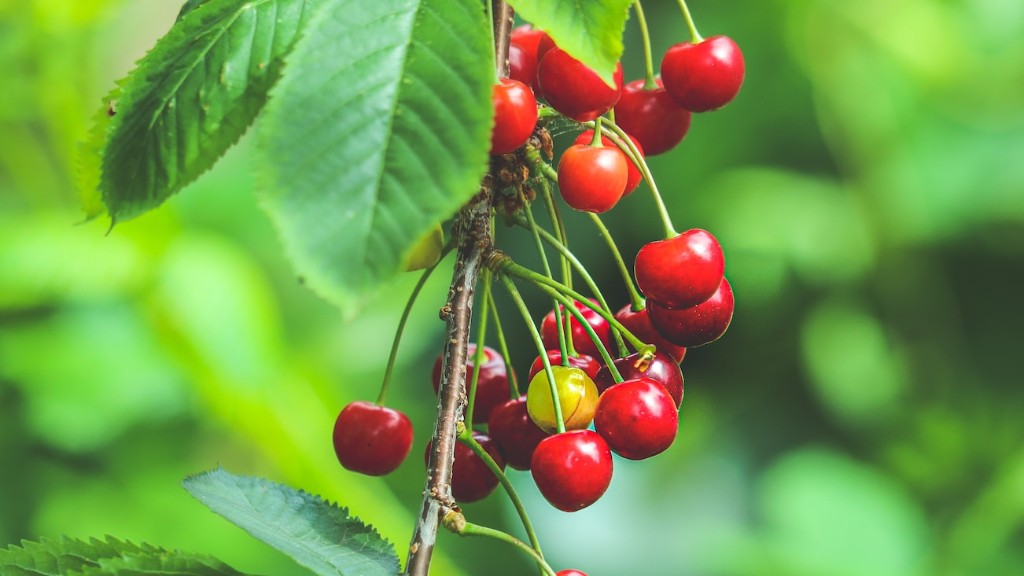When discussing climate and the necessary requirements for lemon trees to thrive, the question of exactly how cold is too cold for a lemon tree has been asked. There is no hard and fast answer, as the specifics of the situation, such as location, time of year, soil type, and extent of protection from the elements play a role in the ultimate determination. In general, however, as long as the temperature remains above 28°F for a period of time that does not exceed 24–36 hours, lemon trees should remain unscathed — but even at temperatures exceeding 26°F there will be a decrease in photosynthesis and the lemon tree is at risk for damage.
Temperature and Hardiness Zones
The level of cold temperature that a lemon tree can stand depends on the hardiness of the tree. Common varieties of lemon as well as other citrus trees are usually hardy to USDA Zone 8, meaning they should survive any winter lows that fall below 0°F. Trees that are grown in theses zones should be well-protected, either with a windbreak or a thick blanket of mulch, in order to ensure that the lowest temperatures stay well above the danger zone. It’s worth noting that some more frost-tolerant varieties of lemon tree, such as the ever-popular Meyer lemon, can handle temperatures as low as 24°F.
Damage to the Tree
The main threat with temperatures that are too cold for the lemon tree is irreversible damage to its leaves, flowers, and fruits. At temperatures just above freezing there will be a sharp reduction in photosynthesis, and lower temperatures still can cause damage to the cells of the tree’s internal structures. Generally, when temperatures drop below 29°F for any length of time, the tree can sustain damage.
Frost and Frozen Leaves
When temperatures fall below 32°F but remain above 24°F, the leaves of the lemon tree can start to show signs of frost damage. This will manifest as discoloration and withering of the leaves, leading to premature leaf shedding and a decrease in vigor and growth. Additional damage may occur in the form of stunted blossoms, weaker growth of the fruit, a decrease in the size and flavor of the fruit, or even death of the plant.
Protection From Frost
In order to protect a lemon tree from frost damage, it’s important to provide as much protection from the elements as possible. In cold climates, a windbreak can be an effective aid in keeping the temperature from dropping too low. Additionally, a thick layer of mulch will help retain heat and reduce temperature fluctuations around the tree. When temperatures are predicted to drop severely, additional protection such as the use of a frost cloth or a plastic tarpaulin can help keep the delicate flowers and fruits from being damaged beyond repair.
Water and Drought
Predictability should also be extended to the tree’s water supply, as drought is also a major cause of damage to lemon trees. Without sufficient moisture in the soil, the leaves of the tree will become brittle and will start to show signs of wilting. As temperatures drop and the risk of frost increases, the tree will become increasingly sensitive to drought and it will become important to keep the tree well-watered.
Frost Prevention
The best way to protect the lemon tree is to ensure that the temperature remains above 28°F and below 32°F. This can be done by minimizing temperature fluctuations and providing as much protection from the elements as possible. Windbreaks, humidifiers, and thick layers of organic mulch can help keep the tree healthy and stress-free in cold environments, as long as there is no extended exposure to temperatures below 28°F.
Temperature Monitoring
The importance of closely monitoring temperature fluctuations cannot be overstated. Investing in a quality thermometer and consistently checking the temperature of the soil and air around the tree is essential for lemon trees growing in areas with cool climates. By closely monitoring the temperature, it’s possible to take preventative steps when needed and keep the tree safe from damage

